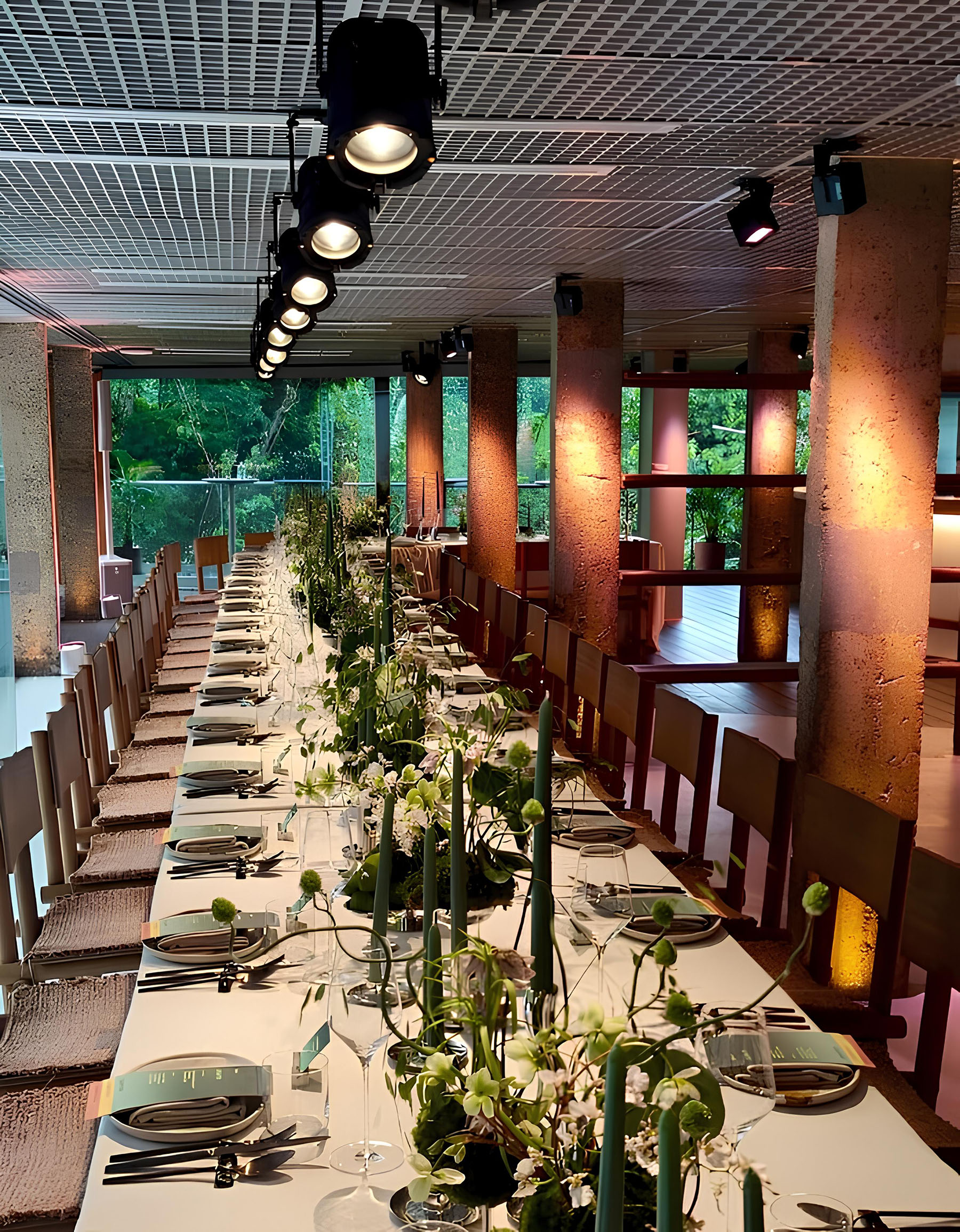NEW TAIPEI CITY, Taiwan — About half of the 1,000 revelers attending an water park concert June 27 were injured when the colored powder being thrown on them in fun by event organizers Color Play Asia ignited in an explosive flash of flame. The powder ignited at about 8:30 p.m.
Local authorities revised the initial tally of 519 injured at the Formosa Fun Coast water park event to 498 after noting that some of the injured, transferred for treatment to different hospitals, had been double-counted. Reports noted that the injured, currently being treated at 43 area hospitals, include 202 who are listed in critical condition, many with respiratory injuries as well as severe skin burns.
Update: By July 30, 2015, 10 of the injured had died. -ed.
Initial reports had also indicated that lighting fixtures make have played a role in the conflagration of the airborne particulates, but investigators are reportedly now looking at other possible sources of ignition as well.
The colored powder, a featured attraction to previous Color Play Asia events that took place without incident, is most likely made from a food starch and food-grade coloring agents, normally considered safe for use in public events.
But like many powders, food starches can become explosively flammable if high concentrations of tiny airborne particulates come into contact with both oxygenated air and a spark or open flame.
There have been deadly incidents involving grain processing plants where a small initial explosion leads to larger secondary explosions with enough force to blow the walls off buildings. The Formosa Fun Coast fire ignited in an open-air portion of the water park.
Taiwan authorities shut down the water park, banned the use of colored powders at all subsequent public events and detained five people connected with the event, including Color Play Asia event manager Lu Chung-chi.
Color Play Asia had reportedly rented the venue to stage the event. Like others involving the use of powdered colors tossed on participants, they are inspired by Holi festivals in India. These Hindu festivals celebrating life and love have taken place since ancient times, first noted before the year 400 BCE.



